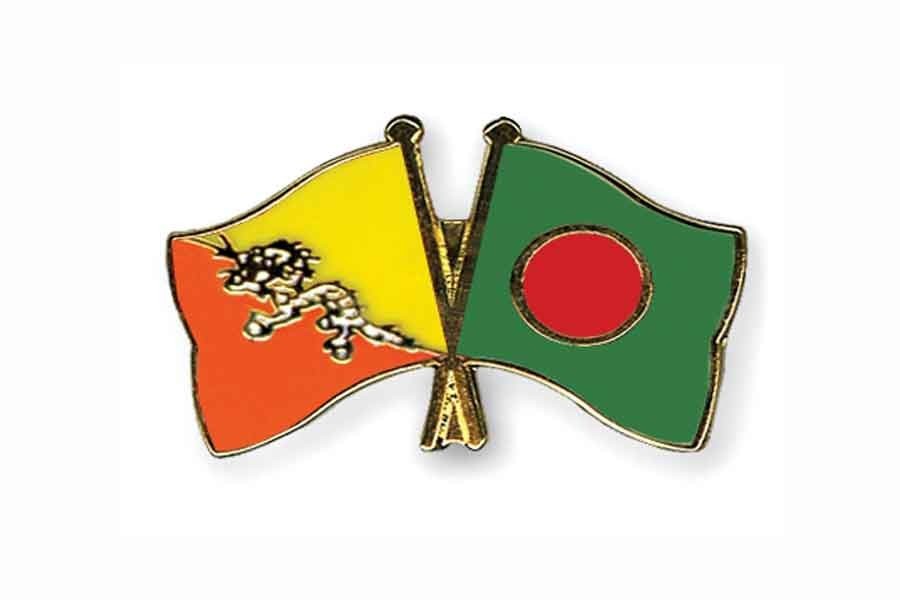
Published :
Updated :

Bhutan and Bangladesh are two South Asian countries of dissimilar geographical makeup and history. But their relations have been very close ever since the country with no history of colonisation recognised Bangladesh before any other country on December 6, 1971. It could be closer but for the territorial distance and a lack of direct land connectivity. As an upper riparian country with four rivers, all originating from the high altitude Alpine snow-capped Himalayas and flowing into the Brahmaputra River, the two countries are evidently bound by a common lifeline. It is only natural that the two friendly countries would enhance their mutual cooperation in areas where one can offer its natural setting or other advantages for the benefits of both. With a population of 792,382, Bhutan is the second least populous country in South Asia but it is a lower middle-income nation witnessing significant economic growth. Land-locked, the country has compelling reasons for establishing connectivity with its neighbours to have access to a seaport.
Now that King Jigme Khesar Namgyel Wangchuk and Queen Consort Jetsun Pema of Bhutan are on a visit to Bangladesh on the occasion of the celebration of the Independence Day of Bangladesh, the two sides have already signed three memorandums of understanding (MoUs) to mark their august visit. The burn and plastic surgery unit Bangladesh will set up in Thimphu, Bhutan's capital, may look like a small step but given the interests in medical education in Bangladesh among Bhutanese students, this marks a significant development. As for the special economic zone in Kurigram to be dedicated to Bhutan means a lot. Bhutan will have an opportunity to invest in trade and industries in Bangladesh. This is how that landlocked country can outreach beyond its geographical limitation.
However, there are more areas of cooperation for furthering their mutual interests. Bhutan's three main pillars of economy are hydropower, tourism and agriculture. Bangladesh can either collaborate in developing hydropower plants or simply import power from that country. Hydropower is clean energy and is likely to be cheaper than any comparable type. In agriculture too, Bangladesh can beneficially share its expertise with that country. But the highest potential of mutual cooperation lies perhaps in developing connectivity. If the northeast India is fruitfully used for land connectivity between Bangladesh and Bhutan, it will be a direct link covering not only the two countries but also the Seven Sisters or the north-eastern states of India.
There is a good reason for developing such a connectivity. With the Matarbari Deep Seaport coming into being, the largely neglected northeast India will find a better cause for getting connected to the port that promises to be a commercial shipping hub in the Bay of Bengal. Bhutan and the Seven Sisters will immensely benefit from this port if they have access to it for carrying out their exports and imports. This will provide an impetus to industrial and commercial ventures within the subregion and well beyond its boundary. Hopefully, the policymakers of Bangladesh, India and Bhutan will take a long view to enhance cooperation in the commercial and economic interests of the South Asian subregion under review.


 For all latest news, follow The Financial Express Google News channel.
For all latest news, follow The Financial Express Google News channel.